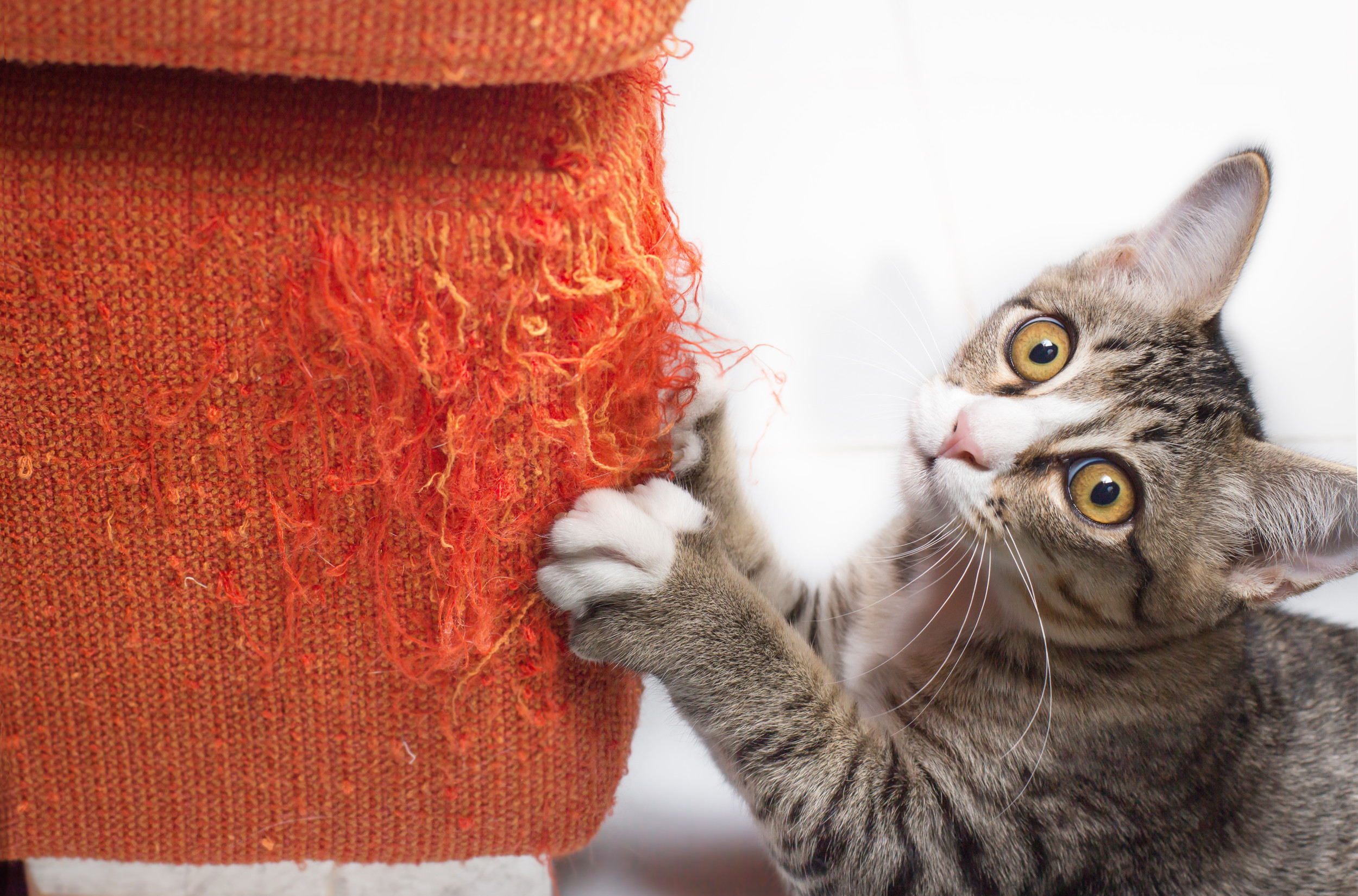

Articles
How To Get Cats To Stop Scratching Furniture
Modified: January 5, 2024
Discover effective ways to prevent your cats from scratching your furniture. Save your beloved pieces with these simple tips and tricks.
(Many of the links in this article redirect to a specific reviewed product. Your purchase of these products through affiliate links helps to generate commission for Storables.com, at no extra cost. Learn more)
Introduction
Furniture scratching is a common behavior in cats that can be frustrating for pet owners. From shredded upholstery to scratched wooden surfaces, the damage caused by cats scratching furniture can be costly to repair. However, it’s important to understand that scratching is a natural instinct for cats and serves several purposes. While it’s essential to redirect this behavior, it’s equally crucial to provide alternative scratching options to fulfill your cat’s needs.
In this article, we will explore effective strategies to get cats to stop scratching furniture and offer practical solutions to protect your beloved pieces without compromising your cat’s well-being. By understanding the reasons behind this behavior and implementing appropriate techniques, you can prevent furniture damage while ensuring your feline friend remains content and happy in their environment.
Let’s delve into the common reasons cats scratch furniture and discover how you can address this behavior in a positive and gentle manner.
Key Takeaways:
- Protect your furniture by providing appealing scratching posts and deterrents, while also trimming your cat’s nails regularly. Redirect their energy with interactive toys and positive reinforcement to stop destructive scratching behavior.
- Understand your cat’s natural instincts and provide alternative scratching options to prevent furniture damage. Use positive reinforcement and patience to train your cat effectively and create a harmonious environment.
Read more: How To Train Cats To Not Scratch Furniture
Why do cats scratch furniture?
Before we can tackle the issue of cats scratching furniture, it’s important to understand why they engage in this behavior. Scratching serves several purposes for cats, including:
- Marking Territory: Cats have scent glands in their paws, and scratching leaves behind their scent, marking the area as their own. This behavior helps them establish their territorial boundaries.
- Stretching and Exercising: Scratching helps cats stretch their muscles and maintain their flexibility. It allows them to exercise their backs, shoulders, and paws.
- Nail Maintenance: Scratching helps cats shed the outer layer of their nails, keeping them sharp and healthy. It also helps to alleviate any discomfort or irritation they may feel in their paws.
- Emotional Outlet: Cats may scratch furniture as a way to relieve stress or frustration. It can be a way for them to cope with anxiety or boredom.
Now that we understand the reasons behind this behavior, let’s explore some effective strategies to redirect your cat’s scratching instincts away from your furniture and onto more appropriate alternatives.
Provide alternative scratching options
To prevent your cat from scratching furniture, it’s crucial to provide them with appealing alternatives. By offering attractive scratching options, you can redirect their behavior and protect your furniture. Here are some tips:
- Scratching Posts: Invest in high-quality scratching posts that are tall and sturdy. Cats prefer posts that are at least 3 feet tall, allowing them to fully stretch while scratching. Choose posts made of sisal rope or cardboard, as these textures are appealing to cats.
- Multiple Options: Place scratching posts in various locations throughout your home, especially in areas where your cat likes to scratch furniture. Having multiple options increases the likelihood that your cat will choose the scratcher instead of your sofa.
- Experiment with Textures: Some cats prefer different textures for scratching. Experiment with various materials like carpet, sisal, or corrugated cardboard to determine which one your cat prefers.
- Vertical and Horizontal Surfaces: Cats have preferences for scratching on vertical and horizontal surfaces. Incorporate both types of scratching options, such as vertical posts and flat scratching pads or mats, to cater to your cat’s preferences.
Remember, your cat may need some encouragement to use the scratching posts initially. You can entice them by applying a catnip spray or rubbing some catnip on the post. Additionally, placing treats or toys near the scratcher can create positive associations and make it more appealing to your feline friend.
By providing appealing alternatives and encouraging your cat to use them, you can redirect their scratching behavior and save your furniture from further damage.
Use deterrents to protect furniture
In addition to providing alternative scratching options, using deterrents can be an effective strategy to protect your furniture from your cat’s scratching instincts. Here are some deterrents you can try:
- Double-sided Tape: Cats dislike the sticky feeling of double-sided tape on their paws. Apply it to the areas of your furniture that your cat tends to scratch. The sticky surface will discourage them from scratching and redirect their attention elsewhere.
- Plastic or Aluminum Foil: Covering your furniture with plastic or aluminum foil can deter cats from scratching. The crinkly sound and unusual texture can be off-putting to them, making them less likely to engage in the behavior.
- Bitter Apple Spray: Cats dislike the taste of bitter apple spray. Apply it to your furniture as directed to discourage scratching. Be sure to test it on a small, inconspicuous area first to ensure it doesn’t damage your furniture’s finish.
- Scented Repellents: Some cats are deterred by certain scents, such as citrus or lavender. Use scented sprays or essential oils in areas where your cat tends to scratch. However, be cautious and ensure that the scents are safe for cats and won’t cause any harm or discomfort.
It’s important to note that while deterrents can be effective, they should be used in conjunction with providing alternative scratching options. It’s essential to redirect your cat’s behavior rather than just suppress it. By combining deterrents with enticing scratching posts and surfaces, you can effectively protect your furniture without causing any distress to your cat.
Provide alternative scratching surfaces such as scratching posts or pads. Place them near the furniture the cat is scratching and encourage the cat to use them with treats or catnip.
Trim your cat’s nails regularly
Trimming your cat’s nails regularly is essential in preventing furniture damage caused by scratching. By keeping your cat’s nails trimmed, you can minimize their sharpness and reduce the potential for them to cause significant damage to your furniture. Here are some tips for trimming your cat’s nails:
- Get Your Cat Comfortable: Start by getting your cat comfortable with having their paws handled. Gradually introduce them to the process by gently touching and massaging their paws. Offer treats and positive reinforcement to create a positive association.
- Invest in Proper Nail Clippers: Use cat-specific nail clippers designed for trimming cats’ nails. Avoid using human nail clippers, as they may cause discomfort or injury to your cat.
- Trim the Transparent Portion: Look for the transparent portion of the nail known as the “quick.” Avoid cutting into this area, as it contains blood vessels and nerve endings. Focus only on trimming the curved, opaque part of the nail.
- Take It Slow: Trim your cat’s nails in short sessions to prevent them from becoming stressed or agitated. If your cat becomes anxious or uncooperative, stop and try again later.
- Consider Professional Help: If you’re uncomfortable trimming your cat’s nails or your cat is particularly resistant, consider seeking professional help from a veterinarian or a professional groomer.
Regular nail trims not only protect your furniture, but they also promote your cat’s overall health and well-being. It’s important to establish a routine for nail trimming and stick to it to keep your cat’s nails in good condition.
Read more: How To Stop Cat From Scratching The Carpet
Provide mental and physical stimulation for your cat
A bored or understimulated cat is more likely to engage in destructive behaviors such as scratching furniture. Therefore, it’s important to provide both mental and physical stimulation to keep your cat engaged and satisfied. Here are some strategies to consider:
- Interactive Toys: Offer interactive toys that require your cat to use their natural hunting instincts. Toys with feathers, lasers, or treat dispensers can keep your cat entertained and mentally stimulated.
- Puzzle Feeders: Use puzzle feeders to make mealtime more engaging for your cat. These toys require your cat to work for their food, providing mental stimulation and preventing boredom.
- Vertical Spaces: Cats love to climb and perch on high surfaces. Provide cat trees, shelves, or window perches so your cat can explore and observe their environment from different heights.
- Dedicated Playtime: Set aside dedicated playtime with your cat every day. Interactive play sessions with toys, string, or laser pointers can help release excess energy and keep your cat entertained.
- Scratching Pads and Posts: In addition to providing alternative scratching options, consider incorporating scratching pads or posts with attached toys or interactive elements. This can further entice your cat to engage with their scratching area.
By providing a stimulating environment, you can redirect your cat’s energy and focus towards appropriate activities, reducing the likelihood of them resorting to furniture scratching. Remember to rotate toys and provide new forms of stimulation periodically to keep your cat interested and engaged.
Use positive reinforcement and training techniques
Positive reinforcement and training techniques can be highly effective in redirecting your cat’s scratching behavior. By rewarding desirable behaviors and discouraging undesirable ones, you can positively influence your cat’s actions. Here are some tips for using positive reinforcement and training:
- Reward Desired Behavior: Whenever you notice your cat using their scratching post or pad, immediately reward them with praise, treats, or a favorite toy. Positive reinforcement helps to reinforce the idea that using the appropriate scratching area is a rewarding and desirable behavior.
- Redirect and Distract: If you catch your cat in the act of scratching furniture, calmly redirect their attention to their scratching post or pad. Use toys or treats to encourage them to switch their focus to the appropriate area.
- Avoid Punishments: Avoid punishing your cat for scratching furniture, as it can create fear or anxiety. Punishments may cause your cat to associate negative feelings with you or the environment, which can lead to further behavioral problems.
- Consistency is Key: Be consistent in your approach to training. Encourage and reward your cat for using the appropriate scratching area every time you observe the behavior. Consistency helps to reinforce the desired behavior and make it a habit for your cat.
- Provide Time-Out Spaces: If your cat continues to scratch furniture despite your efforts, provide time-out spaces such as a separate room or a crate to give them a break. This helps them understand that scratching furniture leads to the removal of attention or access to certain areas.
Keep in mind that training techniques require patience, consistency, and positive reinforcement. It’s important to approach training with kindness and understanding, focusing on rewarding good behavior rather than punishing undesirable actions.
By combining positive reinforcement with the other strategies mentioned in this article, you can effectively train your cat to redirect their scratching behavior and protect your furniture.
Conclusion
Dealing with a cat that scratches furniture can be challenging, but with the right strategies, you can redirect their behavior and protect your beloved pieces. Remember, scratching is a natural instinct for cats, so it’s important to provide alternative scratching options and address the root causes of the behavior.
Start by offering appealing scratching posts and surfaces, strategically placed throughout your home. Experiment with different textures and styles to find what your cat prefers. Use positive reinforcement to reward your cat for using the appropriate scratching areas, and avoid punishing them for scratching furniture.
Additionally, consider using deterrents like double-sided tape or scented repellents to protect your furniture from scratching. Regularly trim your cat’s nails to prevent them from causing significant damage. Providing mental and physical stimulation through interactive toys, puzzle feeders, and vertical spaces can also help redirect your cat’s energy and prevent boredom-related scratching.
Ultimately, a combination of these strategies, along with patience and consistency, will help you get your cat to stop scratching furniture. Remember to approach the training process with kindness and understanding, working with your cat’s natural instincts and behaviors rather than against them.
By implementing these methods, you can create a harmonious environment for both you and your cat, where furniture is preserved, and your feline companion can fulfill their natural scratching needs.
Frequently Asked Questions about How To Get Cats To Stop Scratching Furniture
Was this page helpful?
At Storables.com, we guarantee accurate and reliable information. Our content, validated by Expert Board Contributors, is crafted following stringent Editorial Policies. We're committed to providing you with well-researched, expert-backed insights for all your informational needs.
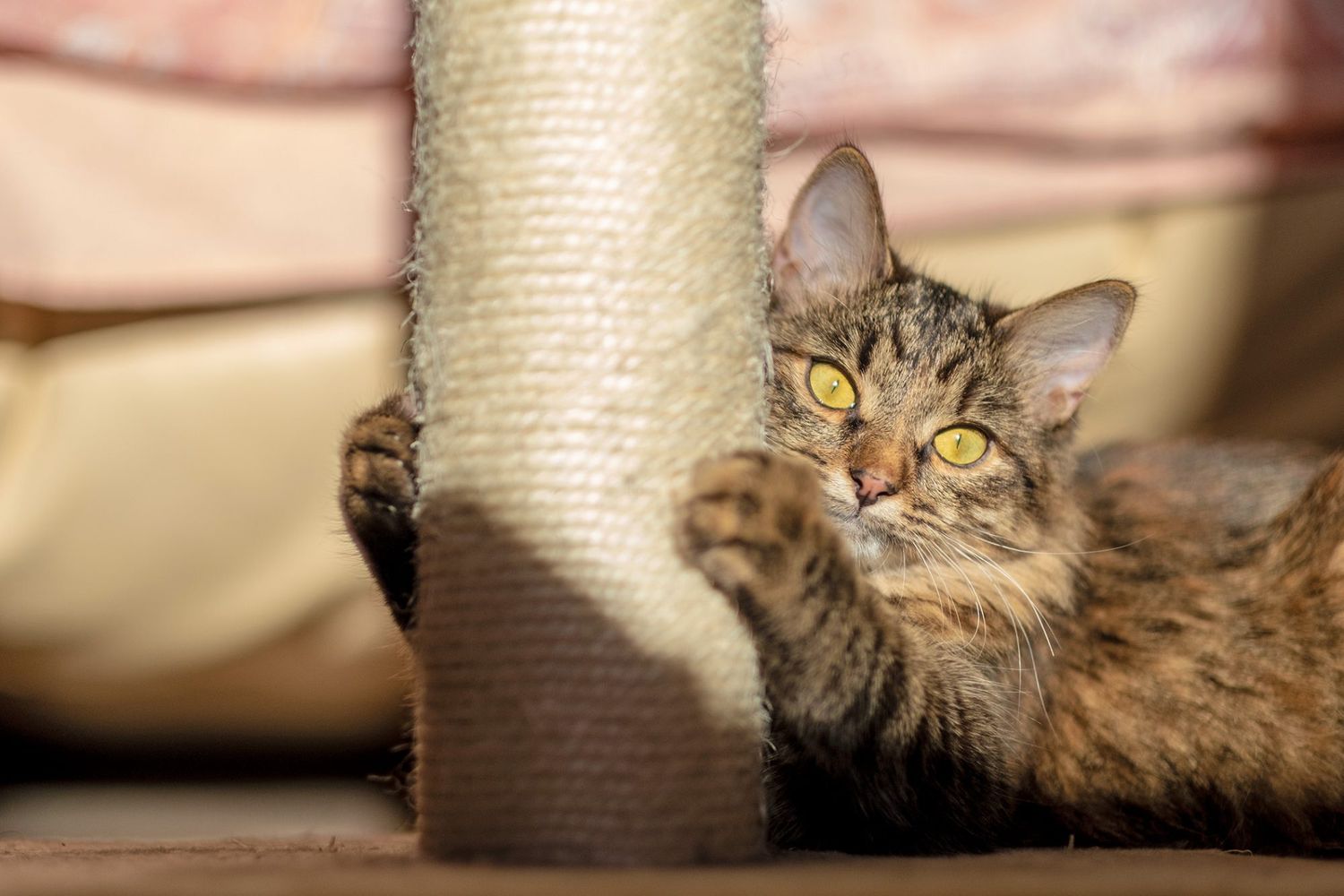
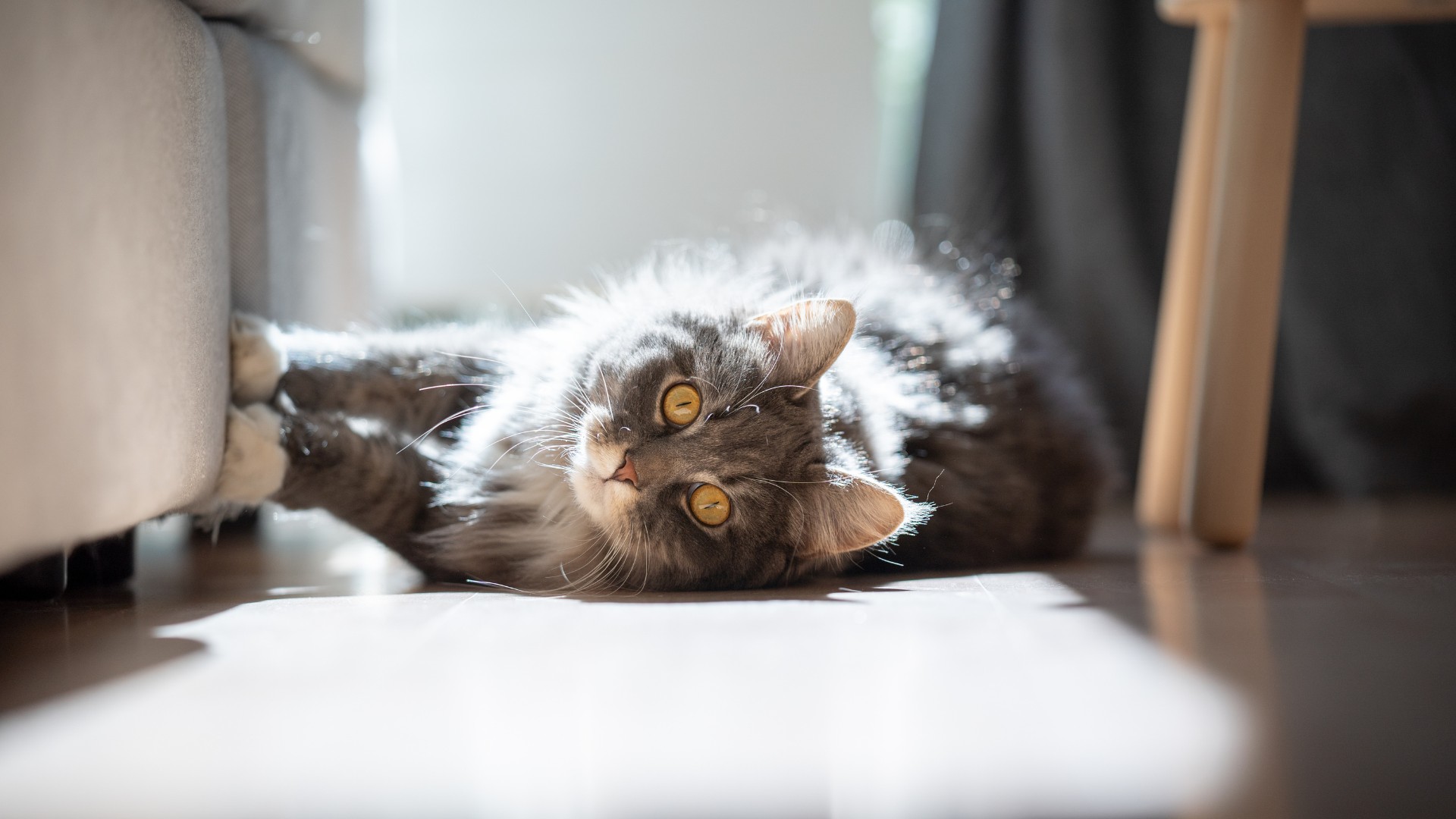
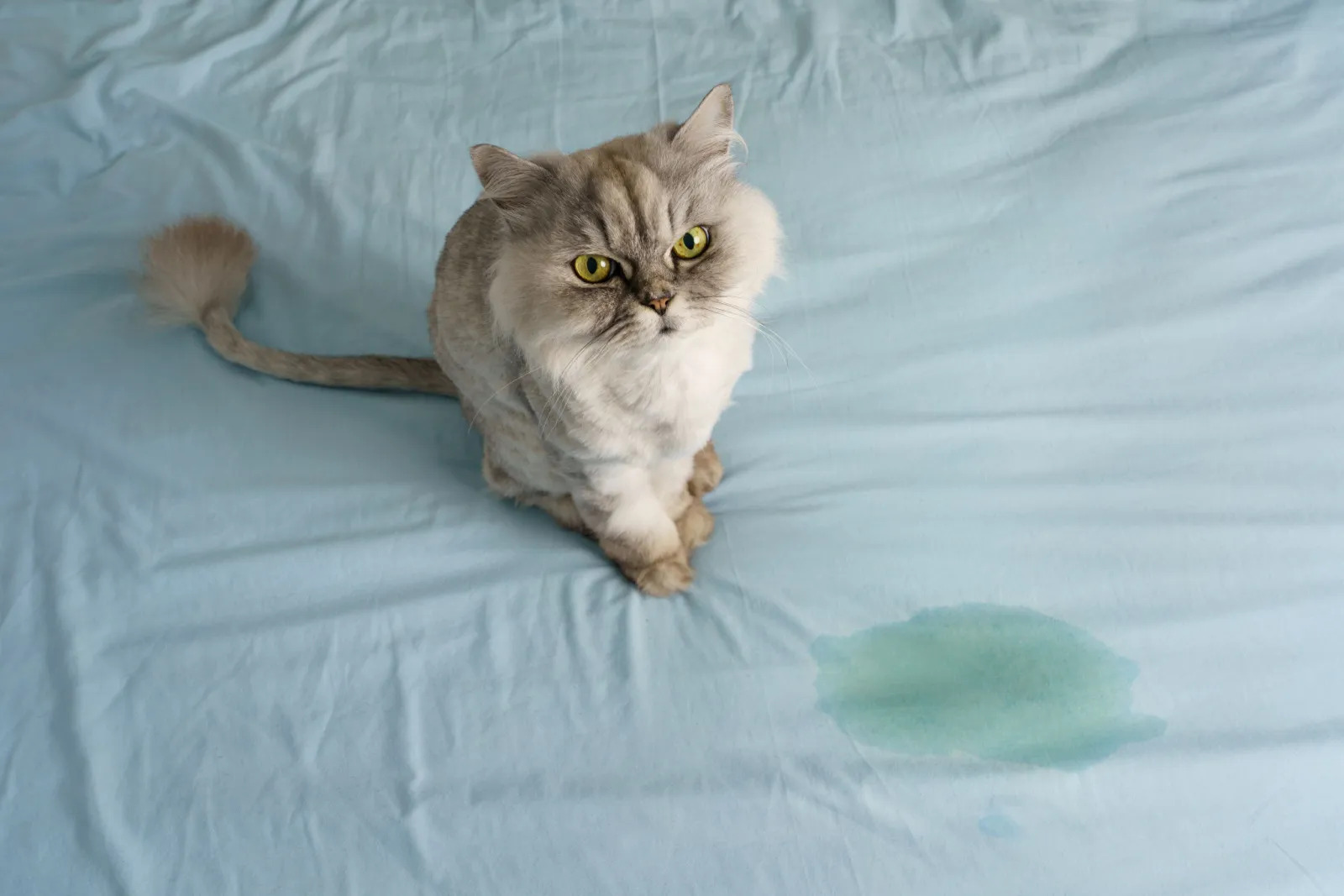
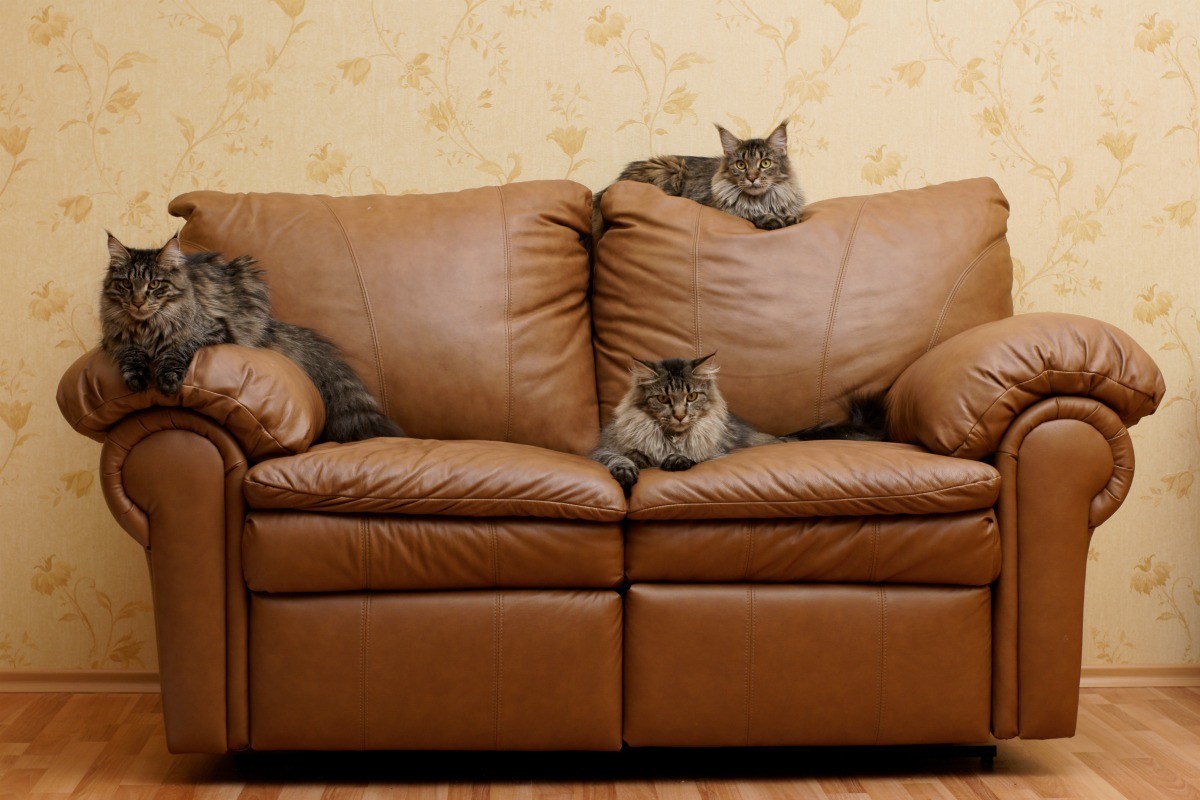

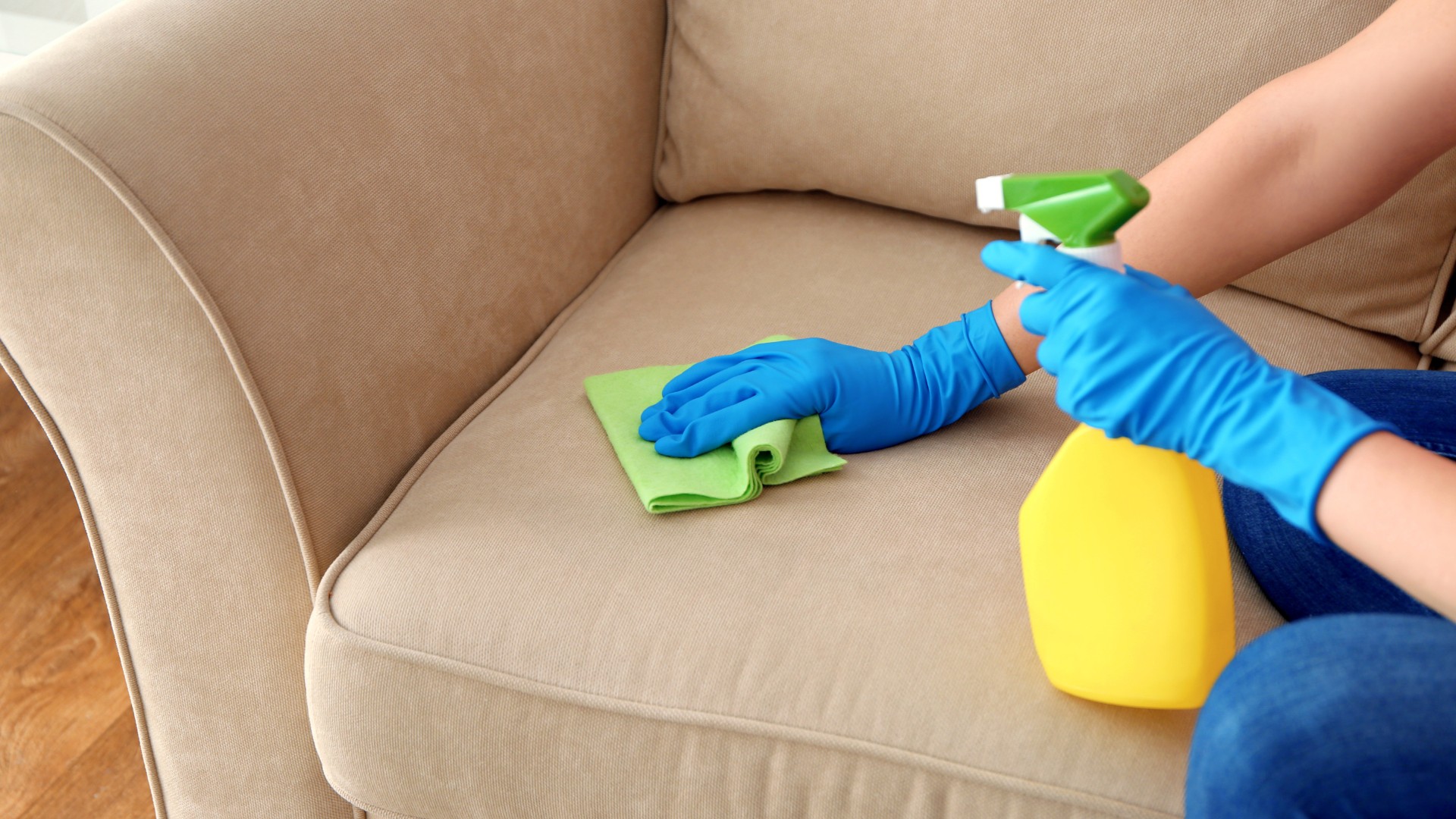
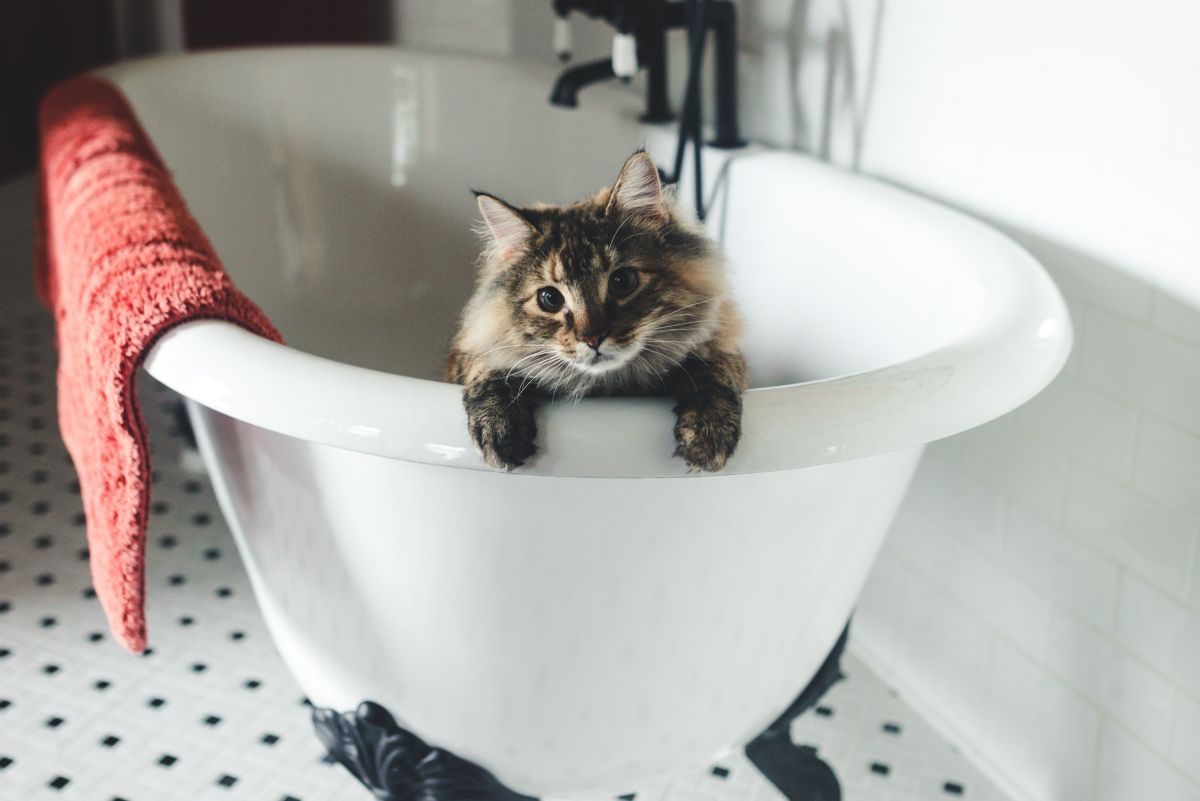
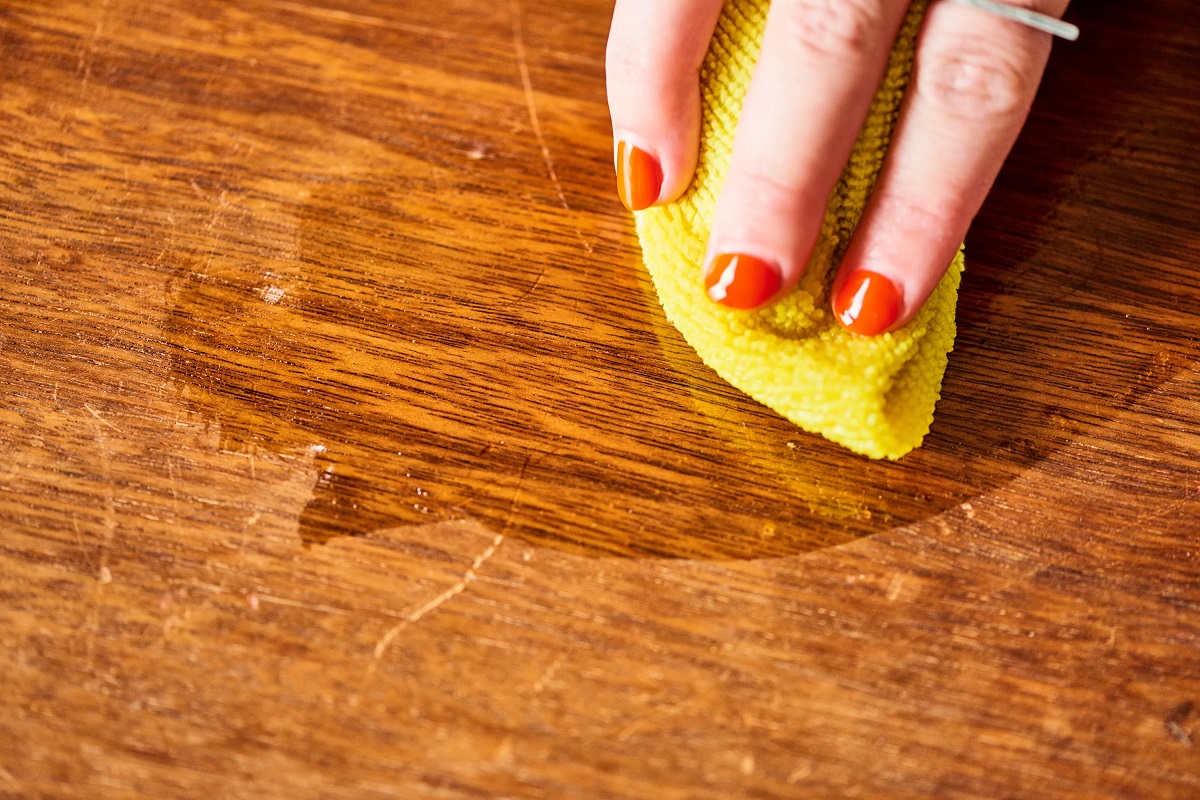
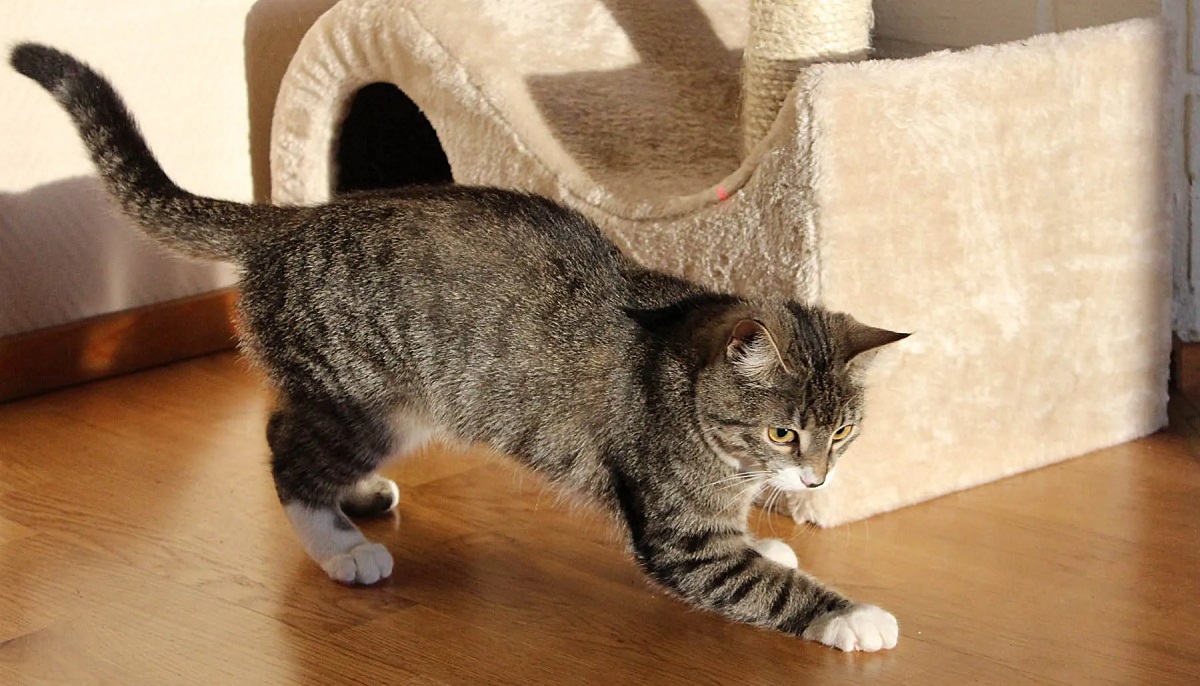
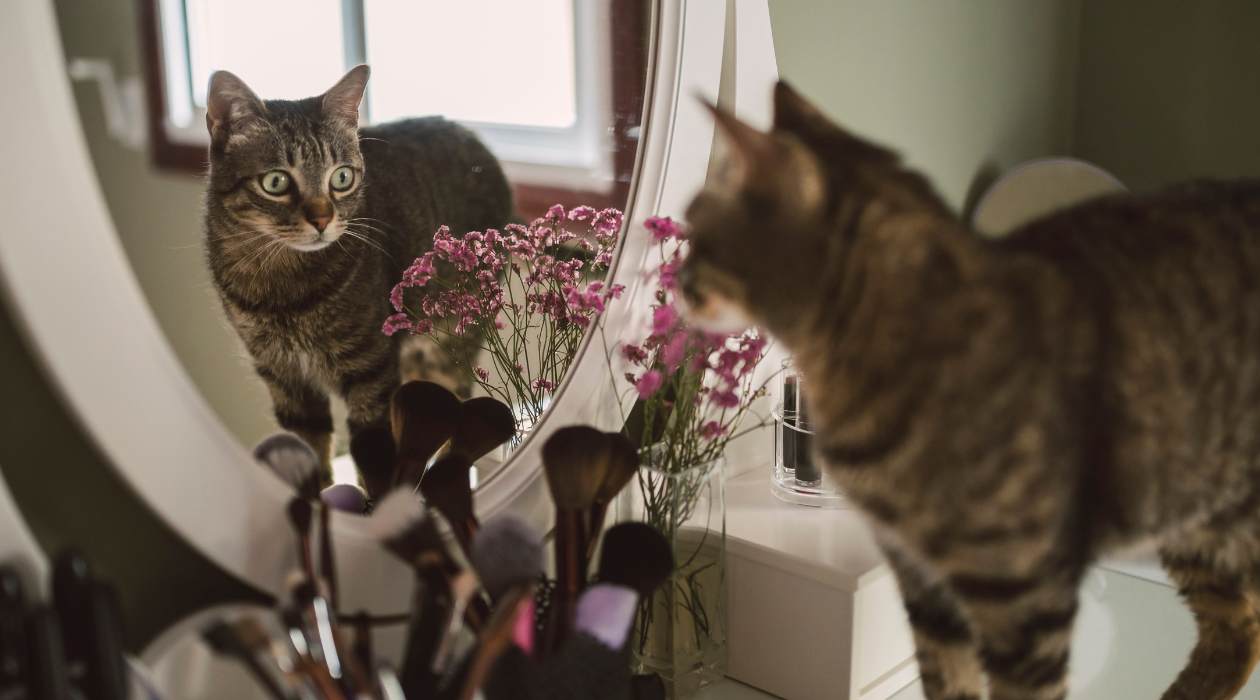
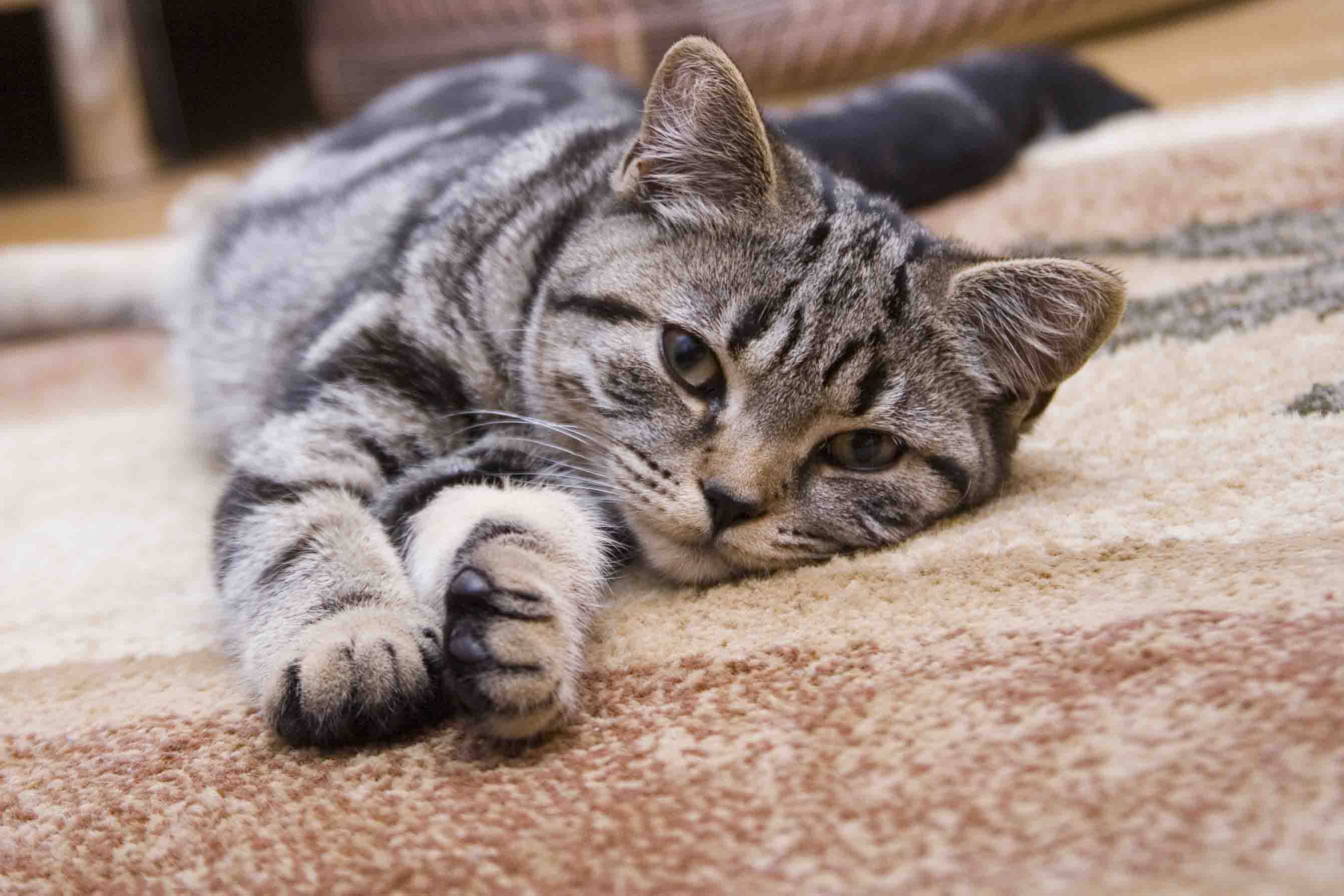

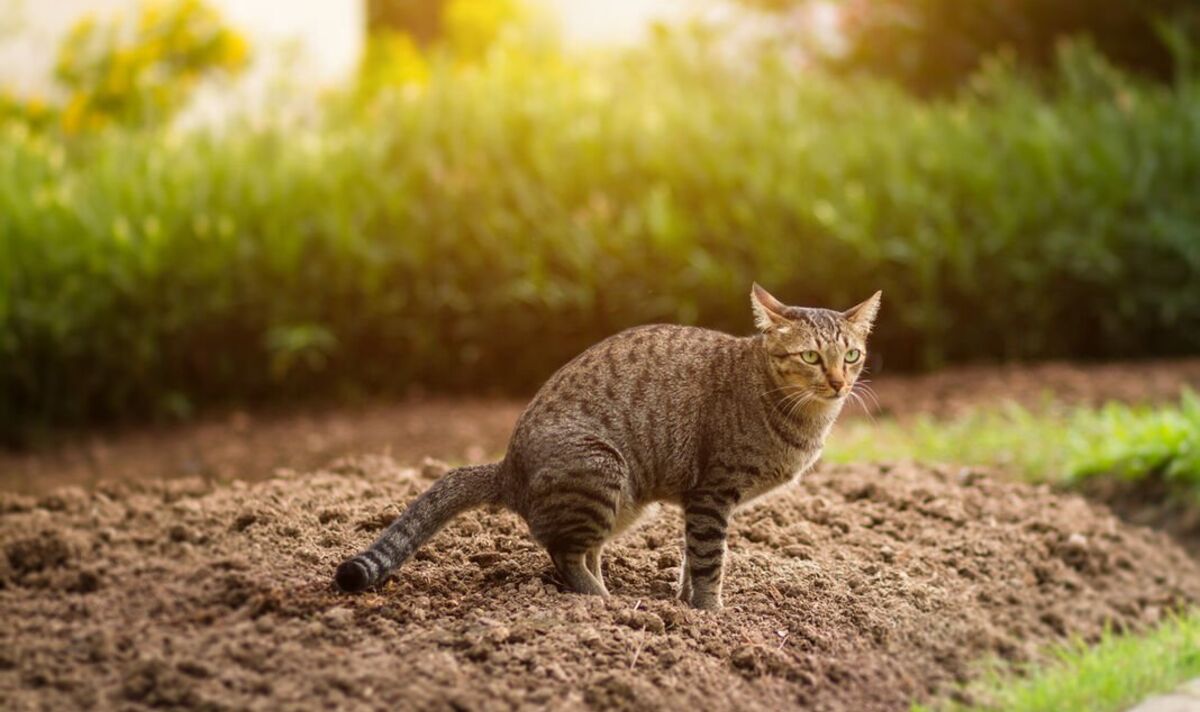


0 thoughts on “How To Get Cats To Stop Scratching Furniture”